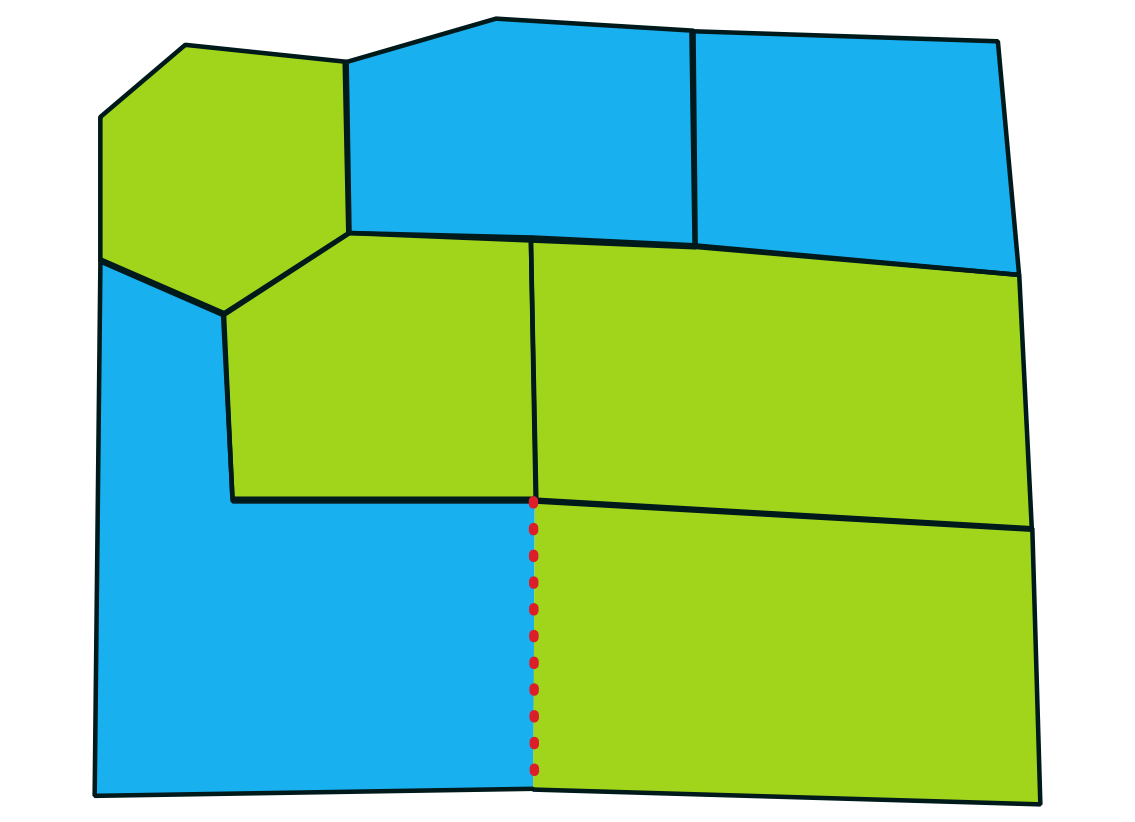Does anyone know of a method to split vector data based on a corresponding raster layer.
For example, I have a classification with two classes and have an overlaid vector layer as seen in the image below. The classification has identified 2 classes in one of the polygons.
What I'm trying to do is split the polygon based on the detected split in the classification.
I've looked into polygonising the classification but when implementing this on a large scale this would talk a huge amount of time which I'm trying to avoid. I've also looked into clustering but couldn't seem to get any good of it.
By any chance has anyone else looked into something similar?


